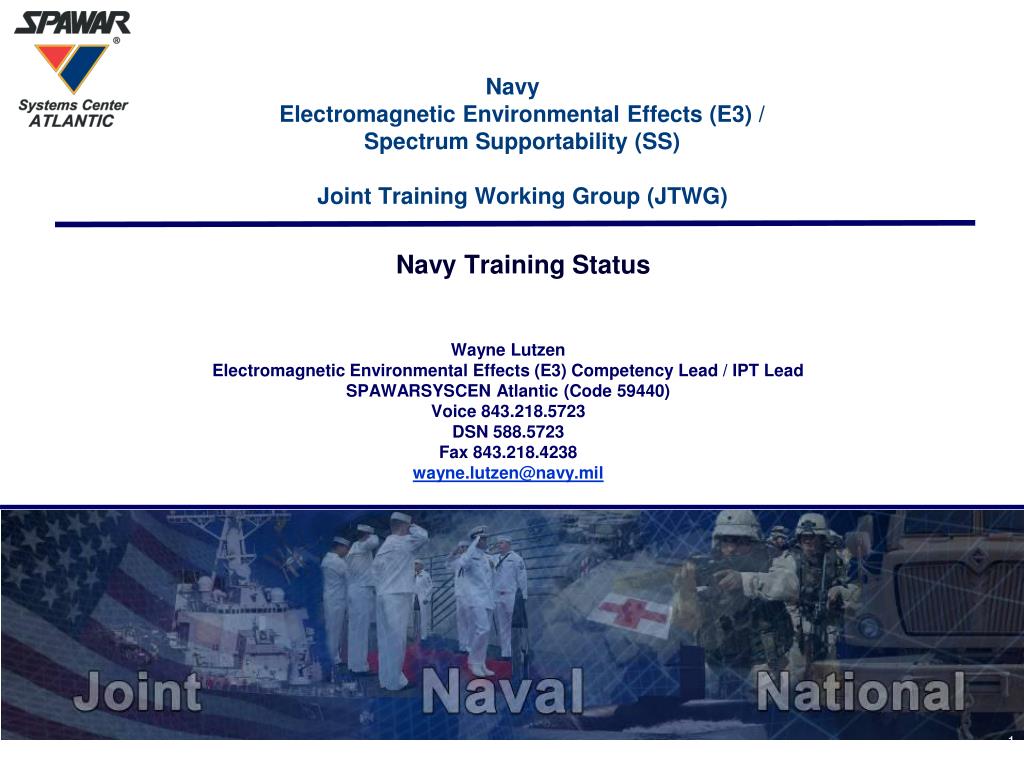

NTDPS again.īrowsing around the ship some more, you find yourself talking to a Machinist’s Mate (weapons) reviewing hoist operation on a laptop in the torpedo room. In the same office the cooks are checking quantities they’ll need for tomorrow’s meals. This means that a few critical items will be ready when the ship returns to Norfolk on Friday. (Frequently used procedures.J\l\latch Bills.fQuick Links)Īs you stop by the storekeeper’s office, you find that he is getting an order together for transmission this afternoon.

– Ship Home Pages (wffiexible-assignabie portlets) – Automated links to operating/casualy procedures

After he shows you what he’ll be working on, you continue your walk through the ship. He tells you that he’s not tied in to the tactical system at present, but is using NTDPS-the Non-Tactical Data Processing System. This is really different.Ĭontinuing through the ship, you notice another man at a sonar-type display, and find that he is an off-duty ST who is going through some training sequences to keep up his proficiency. Then he shows you how he could get pictures from the periscope right on his display surface, too, and even recalls a couple of images from a database that show the trip past the Chesapeake Bay Bridge-Tunnel to prove the point. Soon, you find the Sonar Technician (ST) has something different to look at, and in explaining what he’s doing, you learn a little about the new Lightweight Wide-Aperture Array (L WW AA). So you step over to a display that has the traditional sonar patterns on it. Yet the controls all seem so accessible and you notice how easily the pilot controls the ship. Now, looking a bit longer, you realize that it has everything needed for steering, diving, ballast control, alarms, and so on. Can this really be a submarine? The ship control station directly ahead of you-it’s in the traditional place, but seems to be about half the size, and missing most of the old layouts you knew so well. Naturally, you begin in Control – startling for its openness now that the periscopes no longer dominate, and for the large screen displays that give you an overview only observed in surface ships before. So here you are, the ship at 400 feet, not much happening now that Virginia Capes are far behind, and you have the opportunity to see how things are done in this new ship. Imagine yourself-riding with the commissioning crew in USS VIRGINIA (SSN 774), on her first trip to the Caribbean, sometime in the fall, for sound trials of the first ship in this new class.


 0 kommentar(er)
0 kommentar(er)
